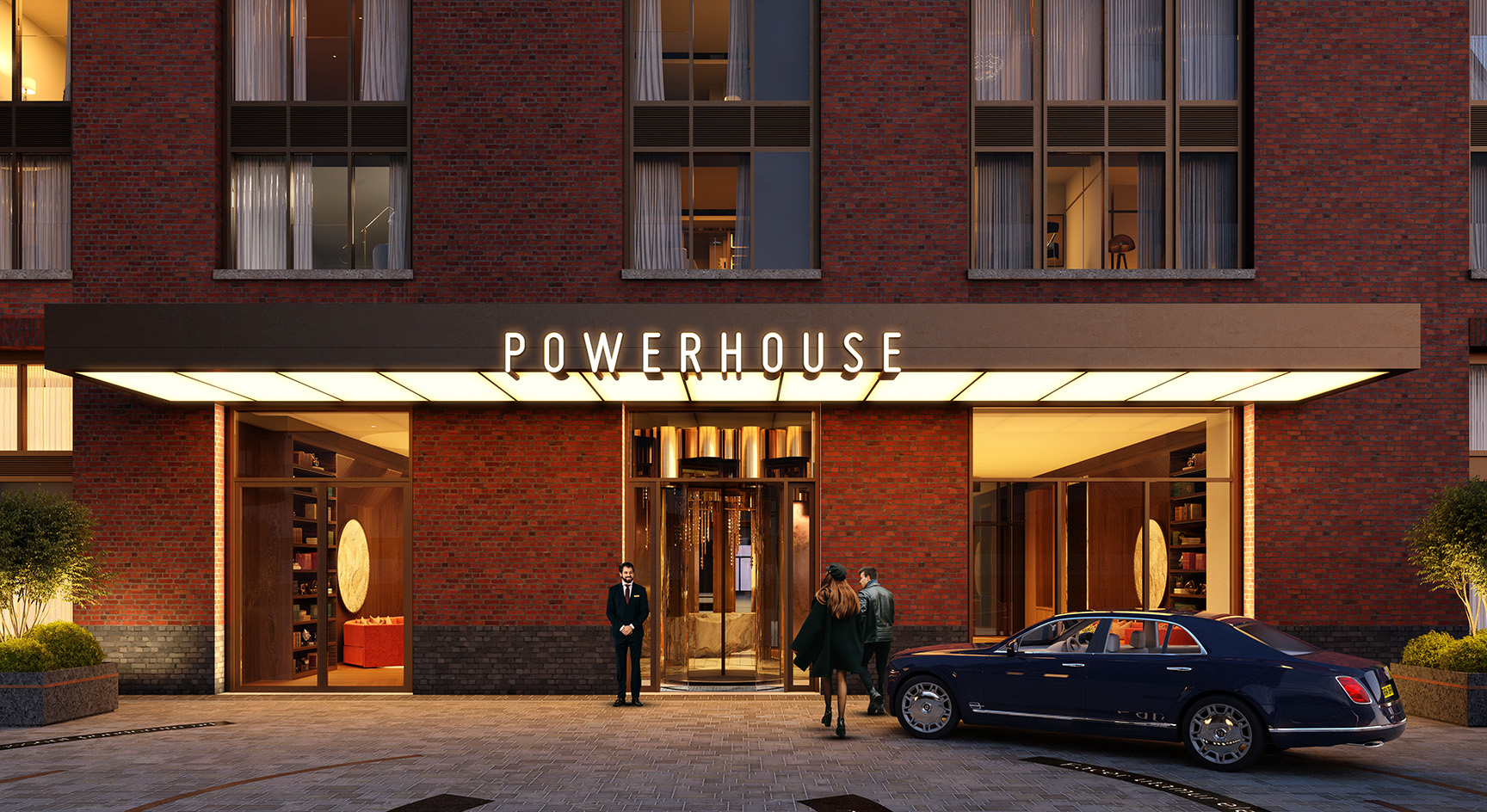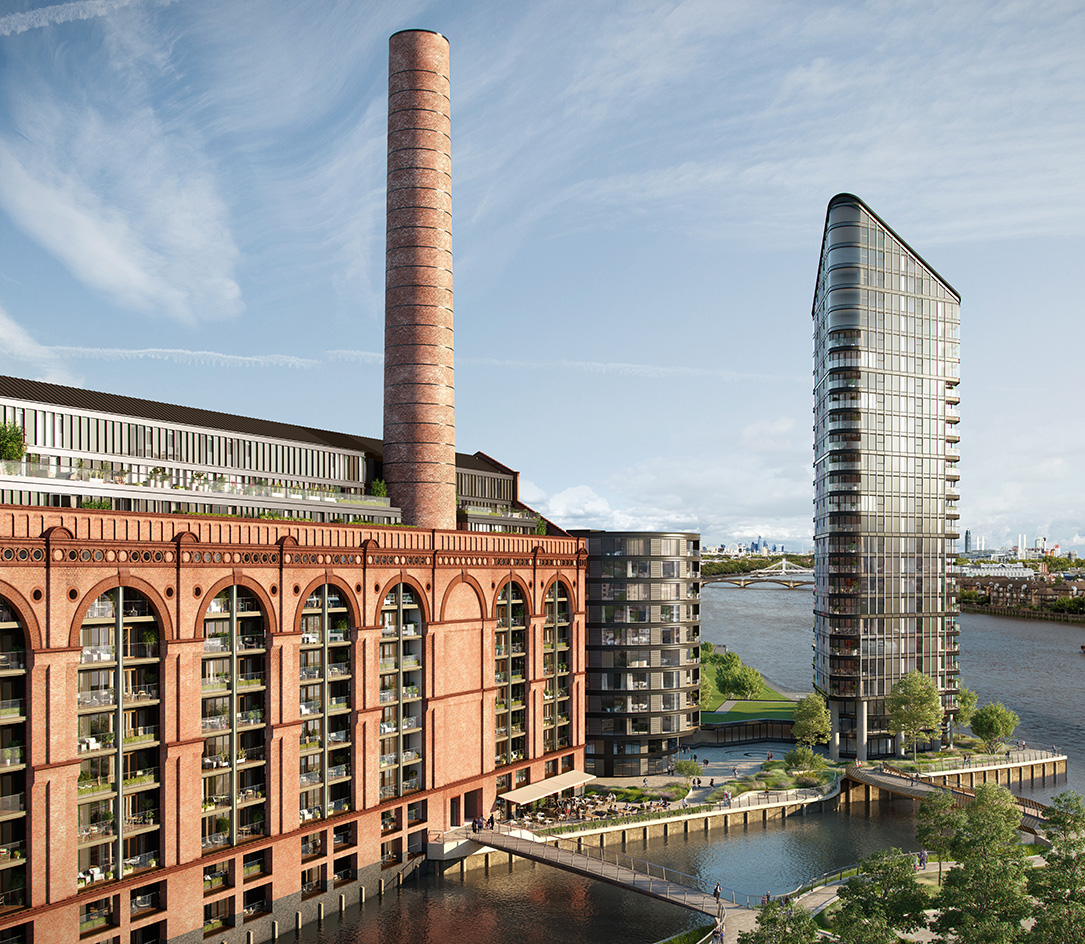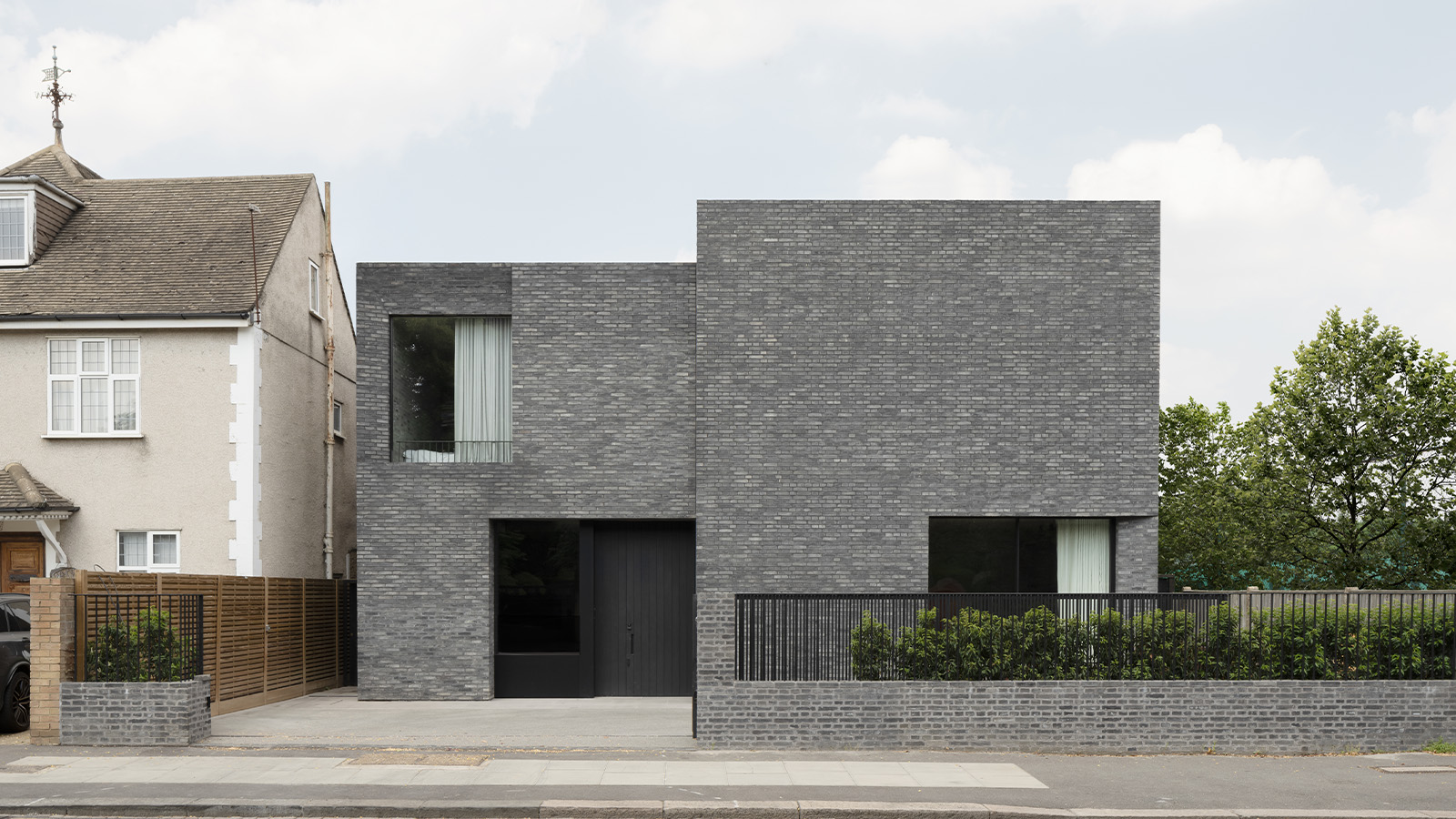Powerhouse at Chelsea Waterfront transforms Lots Road Power Station

The last of London's three main power stations, Lots Road Power Station, has launched its redesign. Welcome to Powerhouse at Chelsea Waterfront, which, together with the Tate Modern and Battersea Power Station, completes the trio of important pieces of London energy infrastructure and industrial architecture that have now entered a new phase in their life.
Nestled by the water just off the River Thames, this historical coal and later oil-fired and gas-fired power station was originally built in 1905, but has remained disused for decades. Developer CK Asset Holdings Limited took on the site to transform it into a mixed-use scheme, which offers from private to affordable housing, commercial and retail units, and public space, while honouring the structure's industrial heritage. The sales launch of Powerhouse at Chelsea Waterfront was recently announced, bringing some 200 new homes onto the market.

Archive photograph of Lots Road Power Station in operation in London
A team of architects led by Sir Terry Farrell has been working to restore the original building's historic red brick walls (it was hailed as the first steel-framed building in the British Isles). Construction is well underway, with Fiona Barratt Interiors working with the architects on the spaces inside – these include luxurious residential areas but also dramatic publically accessible atria in the old turbine hall. Old meets new everywhere in this project, and while the building's appearance and main bones were maintained, inside much is contemporary, ensuring the building can offer the best for its new, domestic function. A distinctive element that makes this power station stand out among its peers is its huge, elegant arched windows – which also mean it is particularly well suited to a residential conversion.
Powerhouse will be serviced by amenities that form part of the Chelsea Waterfront wider scheme – including around-the-clock house management, a health and fitness centre, a spa, a fully equipped gym, a 20m swimming pool, and a club lounge for residents.

‘Powerhouse is an iconic London landmark and a cathedral of the industrial age that has been rejuvenated by a world-class team of architects and designers. Taking on a revolutionary new form, Powerhouse will offer a 21st-century living experience like no other in one of London’s most coveted boroughs,' said Hutchison Property Group's Dr Edmond Ho.





Wallpaper* Newsletter
Receive our daily digest of inspiration, escapism and design stories from around the world direct to your inbox.
Ellie Stathaki is the Architecture & Environment Director at Wallpaper*. She trained as an architect at the Aristotle University of Thessaloniki in Greece and studied architectural history at the Bartlett in London. Now an established journalist, she has been a member of the Wallpaper* team since 2006, visiting buildings across the globe and interviewing leading architects such as Tadao Ando and Rem Koolhaas. Ellie has also taken part in judging panels, moderated events, curated shows and contributed in books, such as The Contemporary House (Thames & Hudson, 2018), Glenn Sestig Architecture Diary (2020) and House London (2022).
-
 Put these emerging artists on your radar
Put these emerging artists on your radarThis crop of six new talents is poised to shake up the art world. Get to know them now
By Tianna Williams
-
 Dining at Pyrá feels like a Mediterranean kiss on both cheeks
Dining at Pyrá feels like a Mediterranean kiss on both cheeksDesigned by House of Dré, this Lonsdale Road addition dishes up an enticing fusion of Greek and Spanish cooking
By Sofia de la Cruz
-
 Creased, crumpled: S/S 2025 menswear is about clothes that have ‘lived a life’
Creased, crumpled: S/S 2025 menswear is about clothes that have ‘lived a life’The S/S 2025 menswear collections see designers embrace the creased and the crumpled, conjuring a mood of laidback languor that ran through the season – captured here by photographer Steve Harnacke and stylist Nicola Neri for Wallpaper*
By Jack Moss
-
 Are Derwent London's new lounges the future of workspace?
Are Derwent London's new lounges the future of workspace?Property developer Derwent London’s new lounges – created for tenants of its offices – work harder to promote community and connection for their users
By Emily Wright
-
 A new concrete extension opens up this Stoke Newington house to its garden
A new concrete extension opens up this Stoke Newington house to its gardenArchitects Bindloss Dawes' concrete extension has brought a considered material palette to this elegant Victorian family house
By Jonathan Bell
-
 A former garage is transformed into a compact but multifunctional space
A former garage is transformed into a compact but multifunctional spaceA multifunctional, compact house by Francesco Pierazzi is created through a unique spatial arrangement in the heart of the Surrey countryside
By Jonathan Bell
-
 A 1960s North London townhouse deftly makes the transition to the 21st Century
A 1960s North London townhouse deftly makes the transition to the 21st CenturyThanks to a sensitive redesign by Studio Hagen Hall, this midcentury gem in Hampstead is now a sustainable powerhouse.
By Ellie Stathaki
-
 An architect’s own home offers a refined and leafy retreat from its East London surroundings
An architect’s own home offers a refined and leafy retreat from its East London surroundingsStudioshaw has completed a courtyard house in amongst a cluster of traditional terraced houses, harnessing the sun and plenty of greenery to bolster privacy and warmth
By Jonathan Bell
-
 The museum of the future: how architects are redefining cultural landmarks
The museum of the future: how architects are redefining cultural landmarksWhat does the museum of the future look like? As art evolves, so do the spaces that house it – pushing architects to rethink form and function
By Katherine McGrath
-
 'Bold and unapologetic', this contemporary Wimbledon home replaces a 1970s house on site
'Bold and unapologetic', this contemporary Wimbledon home replaces a 1970s house on siteThis grey-brick Wimbledon home by McLaren Excell is a pairing of brick and concrete, designed to be mysterious
By Tianna Williams
-
 A Danish twist, compact architecture, and engineering magic: the Don’t Move, Improve 2025 winners are here
A Danish twist, compact architecture, and engineering magic: the Don’t Move, Improve 2025 winners are hereDon’t Move, Improve 2025 announces its winners, revealing the residential projects that are rethinking London living
By Ellie Stathaki